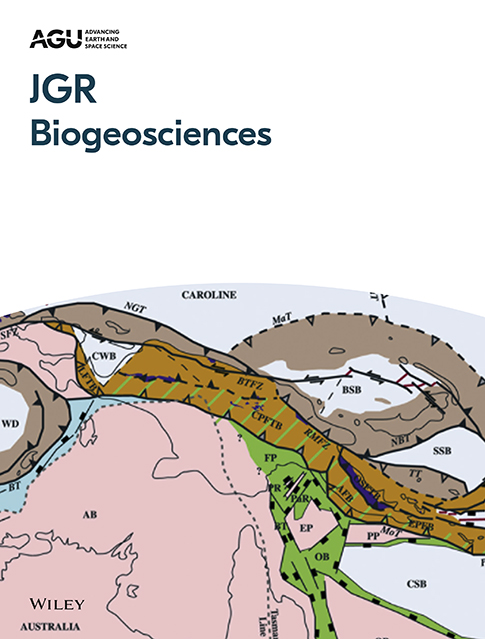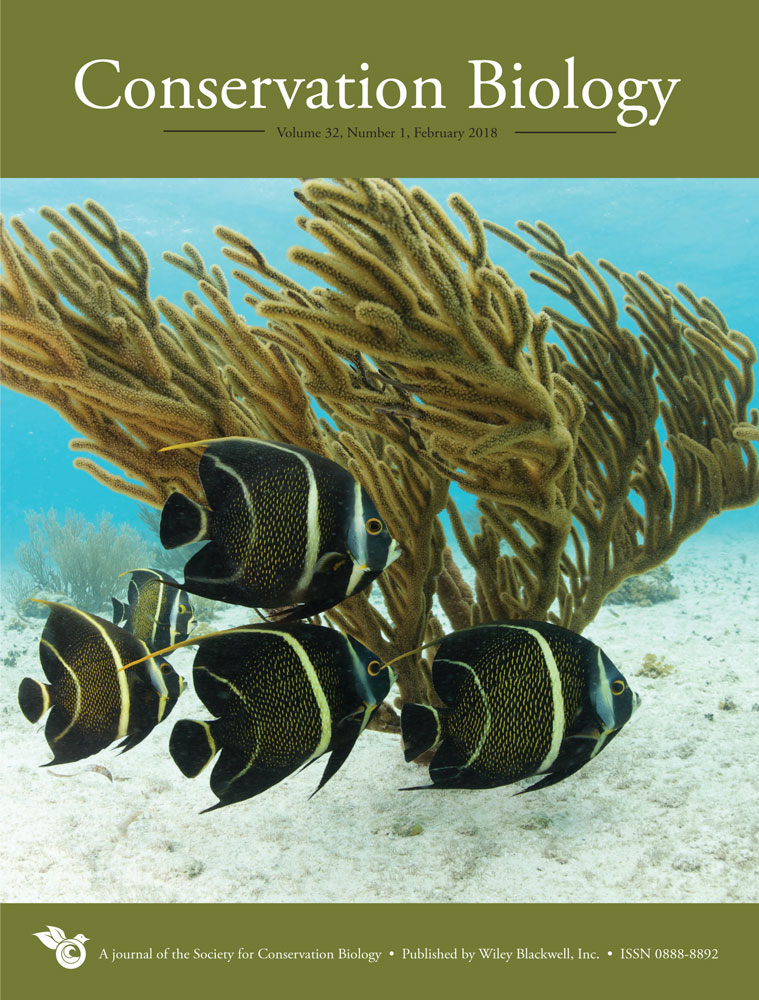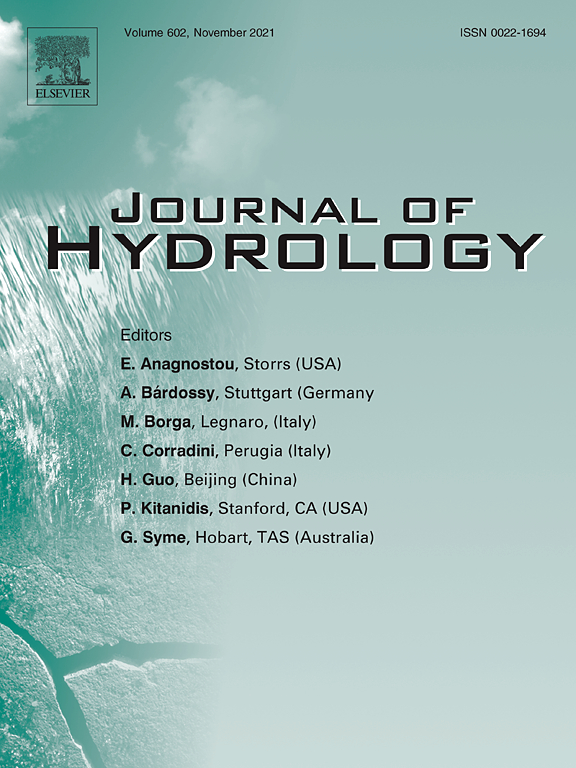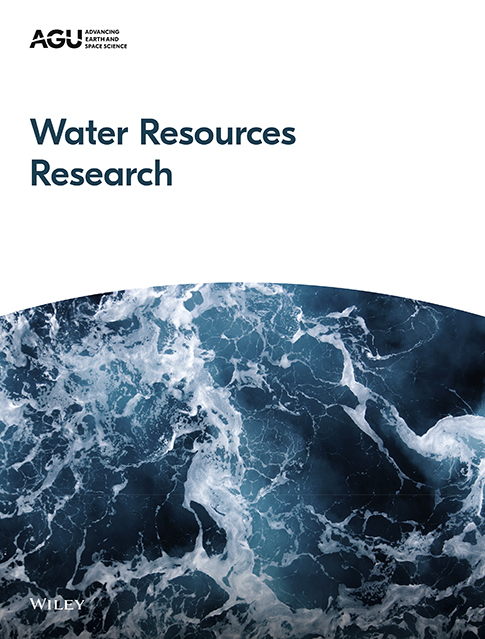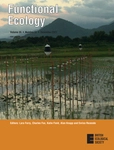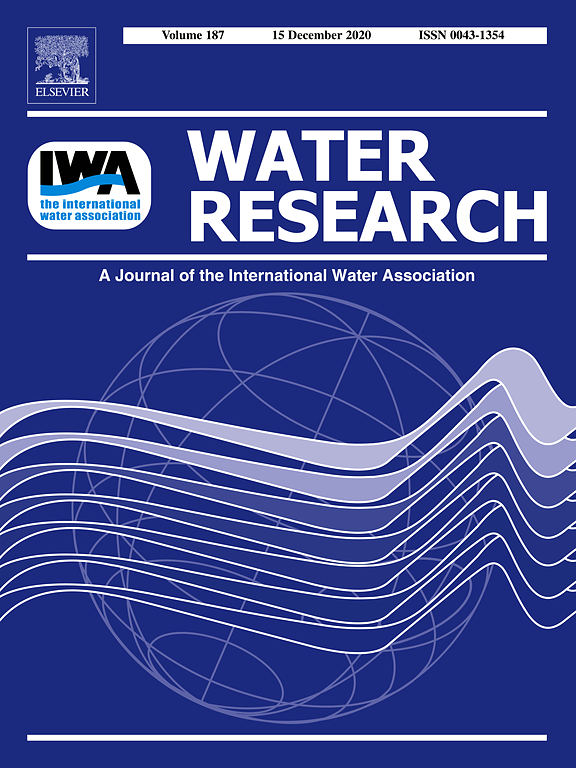- Programme area:3) Dimensions of Complexity of Aquatic Systems
Controls on Lake Pelagic Primary Productivity: Formalizing the Nutrient‐Color Paradigm

Stable isotope tempestology of tropical cyclones across the North Atlantic and Eastern Pacific Ocean basins
Effects of land cover and protected areas on flying insect diversity
Hydrological connectivity drives intra- and inter-annual variation in water quality in an intermittent stream network in a mixed land use catchment under drought
The study investigated spatio-temporal variation of hydrological connectivity and linked water quality in an intermittent mixed land use, lowland catchment in NE Germany. In recent years streamflow became more intermittent with major implications for water quality. Spatial variation of water quality is related to soils and landuse. An extensive wetland area acted as a major ecohydrological buffer.
Attributing Urban Evapotranspiration From Eddy‐Covariance to Surface Cover: Bottom‐Up Versus Top‐Down
Evapotranspiration (ET) is an important process in the water cycle that can help reduce heat stress in cities. However, it is dependent on surface cover. The study provides insights that can inform urban planning and water management decisions, including improving the living environment of city dwellers.

Strong Subseasonal Variability of Oxic Methane Production Challenges Methane Budgeting in Freshwater Lakes
Evidence for a by-product mutualism in a group hunter depends on prey movement state
Researchers from the Cluster of Excellence Science of Intelligence (SCIoI), in which the Humboldt-Universität zu Berlin (HU Berlin) and the Leibniz Institute of Freshwater Ecology and Inland Fisheries (IGB) are involved, have proven in an underwater field study in the ocean off Mexico: the faster a school of prey moves, the higher the capture rate of the striped marlin.
Electrical conductivity fluctuations as a tracer to determine time-dependent transport characteristics in hyporheic sediments
The paper presents a modeling approach to estimate time-varying travel times from the stream water to the streambed. The modeling is based on fluctuations in electrical conductivity in the surface water and in the porewater. Given the high temporal dynamics of transport in streambed sediments, the model will be a valuable tool for the assessment of reactive transport in streambed sediments.
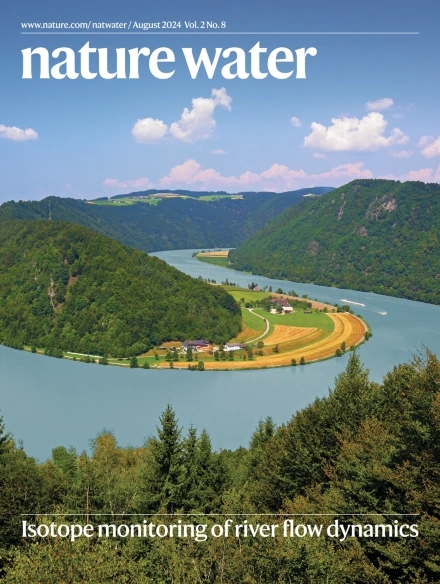
Ecohydrological resilience and the landscape water storage continuum in droughts
A better understanding of water storage dynamics at medium scales, i.e. areas between 10 and 100 square kilometres, could help to better predict and ensure the availability of water resources, even in times of climate change. To this end, the researchers here synthesised findings from several long-term studies and introduced the concept of ecohydrological resilience.
Persulfate activation by biochar and iron: Effect of chloride on formation of reactive species and transformation of N,N-diethyl-m-toluamide (DEET)
This study investigated the formation of reactive species during the activation of the chemical oxidant persulfate with biochar and iron in different water types for the removal of organic contaminants. The presence of organic matter and chloride altered the reactive species formed, emphasizing that the water matrix is a critical factor for the application of this oxidation process .


